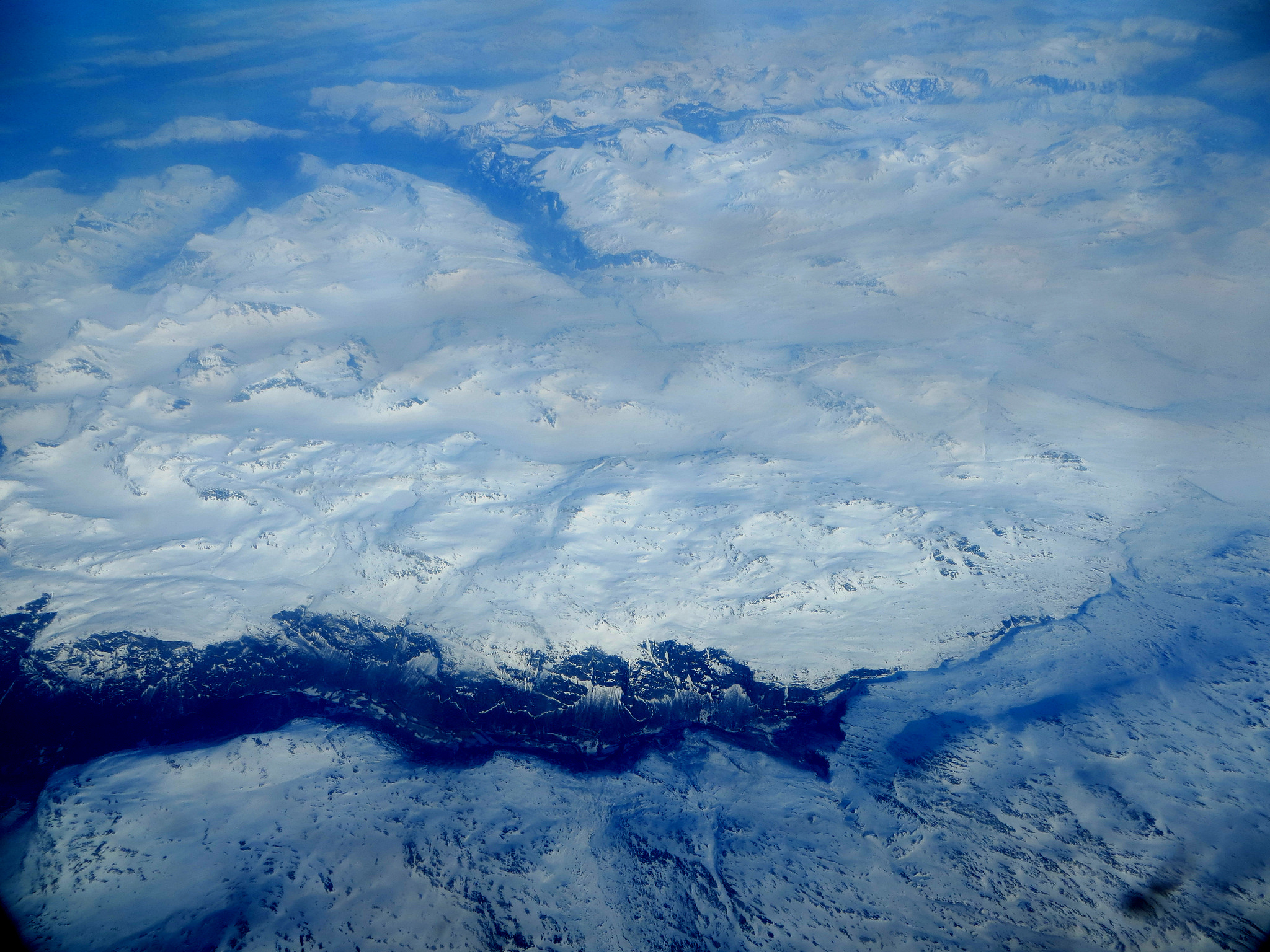Greenland’s Ice Sheet Is Less Stable Than We Thought

Next time you’re walking down the street and pass a tree or a tall building, try to eyeball how high up you think 24 feet is. That’s about how much global sea level would rise if the Greenland ice sheet were to melt.
A historic new finding, published in the journal Nature, suggests that’s a much greater threat than we realized. The result is based on physical evidence in the first-ever piece of bedrock drilled from beneath the Northern Hemisphere’s largest ice deposit.
Scientists led by Joerg Schaefer at Columbia University looked at isotopes in the rock sample that indicate how long it was ice-free. Scientists thought the ice sheet had been stable for at least the last 1.4 million years, and perhaps much longer. But the new study shows that the part of Greenland where the sample was taken was melted down to bedrock for at least 280,000 years during that time. In order for that to be true, models of the ice sheet say it must’ve shrunk to less than 10 percent of its current size.
“We have to be prepared that this ice sheet might go again, and it might go again soon,” Schaefer said in a press release on Columbia’s website. And because we continue to pump greenhouse gases into the atmosphere, he said, “we are already committing to a substantial amount of sea-level rise—substantially higher than in most predictions.”
That’s not to say calamity will strike tomorrow— it would take on the order of several centuries to a few millennia for that much ice to melt. But the reason we should be concerned is that Greenland currently contributes around 25 percent of the three millimeters that global sea level rises each year. That contribution, and the overall amount of the rise, could jump quickly if continued global warming pushes it into a state of accelerated melting.
This study provides a big reason to think it might. And with rising sea levels and flooding already threatening to bring about ruin in coastal real estate markets, there is a lot more than ice that is poised to fall into the ocean.
(Read more: Columbia University’s Earth Institute, New York Times)
Keep Reading
Most Popular
Large language models can do jaw-dropping things. But nobody knows exactly why.
And that's a problem. Figuring it out is one of the biggest scientific puzzles of our time and a crucial step towards controlling more powerful future models.
How scientists traced a mysterious covid case back to six toilets
When wastewater surveillance turns into a hunt for a single infected individual, the ethics get tricky.
The problem with plug-in hybrids? Their drivers.
Plug-in hybrids are often sold as a transition to EVs, but new data from Europe shows we’re still underestimating the emissions they produce.
Stay connected
Get the latest updates from
MIT Technology Review
Discover special offers, top stories, upcoming events, and more.